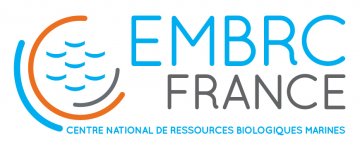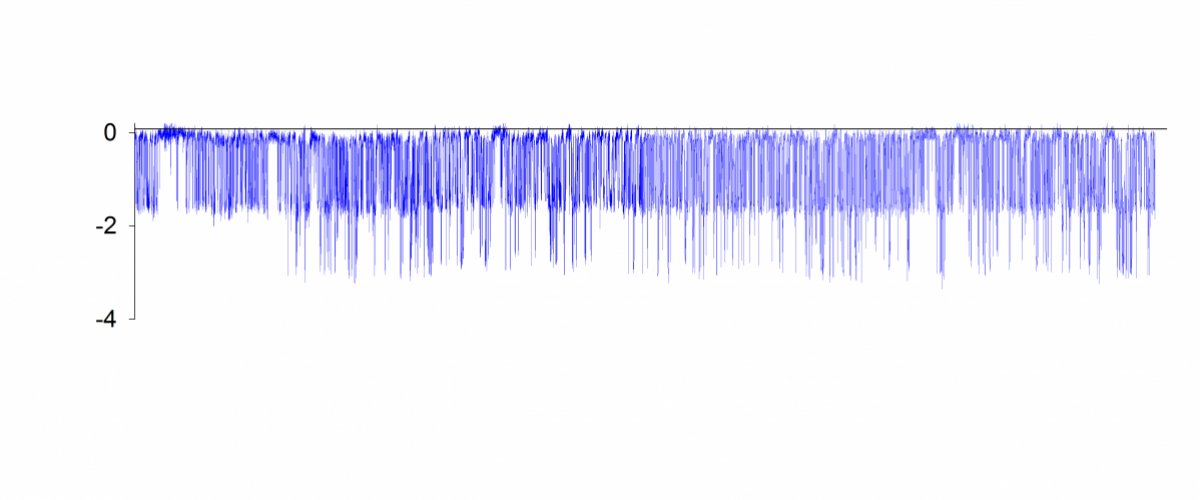Presentation
Erythrocytes are undoubtedly the most used model for membrane transport studies (see “red cell membrane transport in health and disease “ by I. Bernhardt and J.C. Ellory, Eds). Until the late 90’s, most data on transmembrane ionic movements were coming from isotopic fluxes experiments, isosmotic lysis, fluorescence or ion contents measurements. The patch clamp techniques, that allow recordings of electric currents linked to ion channel activities, had appeared in the 80’s but it took a while to apply these tools the small and highly deformable red blood cells.

Fig 1 : The various configurations of the patch clamp technique
We have contributed to overpass these difficulties, working of fish (Egee et al. 1997; Egee et al. 2000; Egee et al. 1998; Lapaix et al. 2002), bird (Lapaix et al. 2008; Thomas et al. 2001) and human (Bouyer et al. 2006; Bouyer et al. 2007; Decherf et al. 2007; Egee et al. 2002) erythrocytes. All these studies have shown the presence of three types of channels in red blood cells : K+ channel activated by Ca2+ or ATP, non selective cationic channels or anionic channels of various conductance, that can be modulated by the presence of protein kinases (Bouyer et al. 2011; Merckx et al. 2009; Merckx et al. 2008).
These channels are linked to cell volume regulation (Egee et al. 2000), but their precise role in the erythrocyte physiology remains unclear, as they might also be an evolution relic, or have a role only during the cell differenciation.
Our research intends to decipher i/ the implication of ion channels in the homeostasis maintenance (acid/base, electrolytic status), ii/ their role under various stress conditions (hypoxia, pH variation, osmotic choc), iii/ the interactions with hemoglobin-mediated oxygen transport, iv/ their involvement in several pathologies such as malaria or anemias. The goal is to determine their molecular identity, their electrophysiological properties and their regulation mechanisms and effectors (Ca2+, pH, ATP, kinases, phosphatases, etc).








